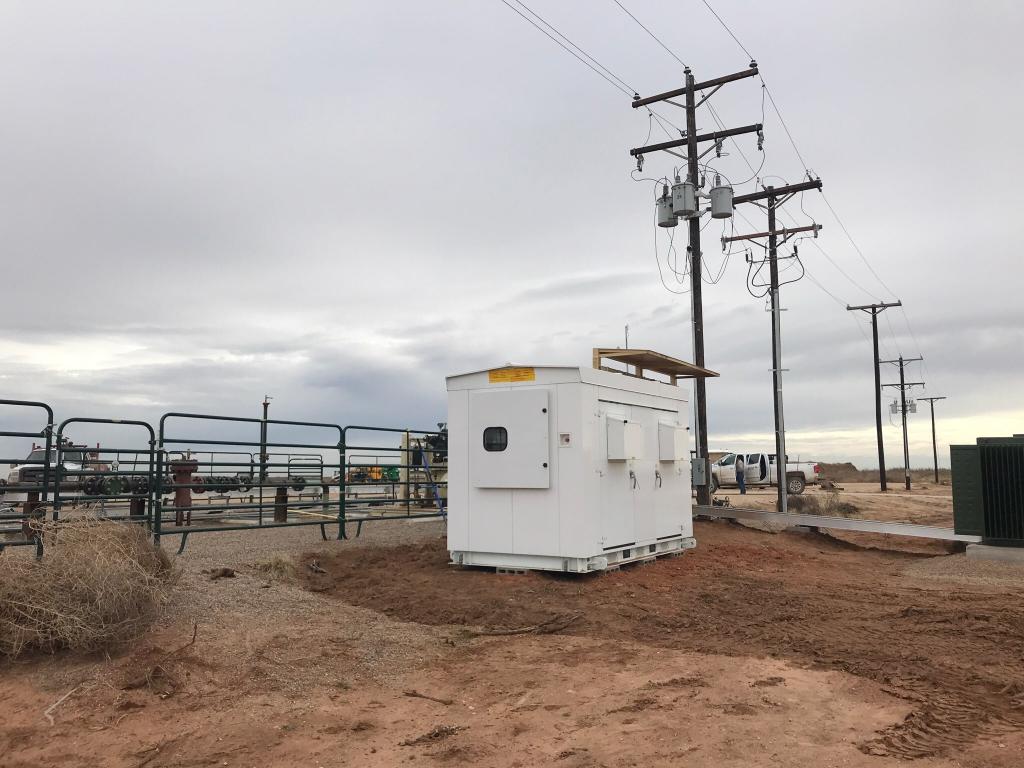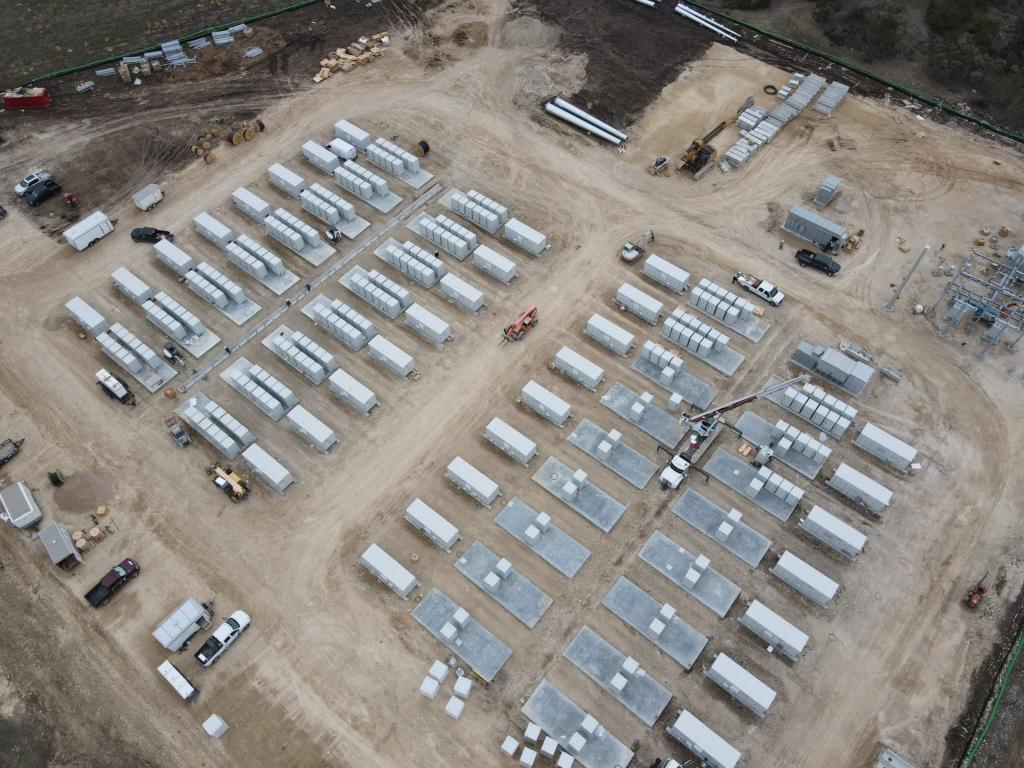Software for Battery Storage
The last section of the C&I subsegment encompasses challenging settings, including mining, construction, oil and gas exploration, as well as outdoor festivals. The driving force behind its expansion will be customers shifting from diesel or gas generators towards eco-friendly options like BESS and hybrid generators in order to mitigate emissions. One of the primary catalysts for the increasing adoption in this sector is the implementation of forthcoming regulations, such as the European Commission's sustainability-driven Big Buyers initiative and Oslo's objective to achieve net zero on construction sites by 2025. A significant number of companies transitioning to more environmentally friendly practices will initially opt for hybrid genset solutions as an intermediate step before fully transitioning to Battery Energy Storage Systems (BESS).
Given these circumstances, it is highly probable that sodium-ion batteries will gain a larger portion of the BESS market. In fact, it is anticipated that a minimum of six manufacturers will commence production of sodium-ion batteries in 2023. Evidently, healthcare providers will need to make choices regarding which technology to invest in. Integrators may consider configuring their systems in a manner that simplifies the transition to sodium-ion batteries once they become readily accessible.
If the project consists of multiple inverters, then only one inverter and its corresponding batteries are required for step 6. As a result, the remaining components of the project can continue functioning with a partial outage while the full outage, lasting two weeks, is solely necessary for the completion of step 7.


